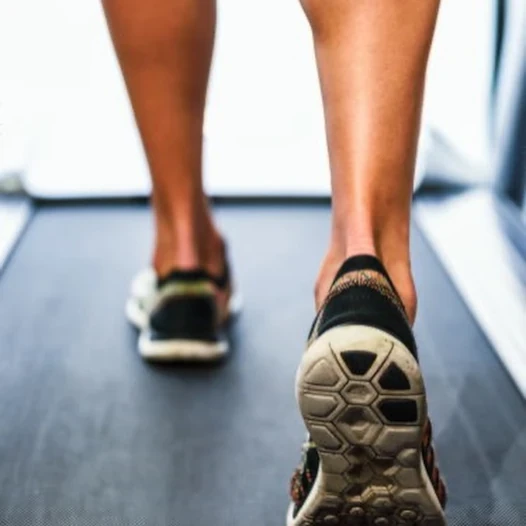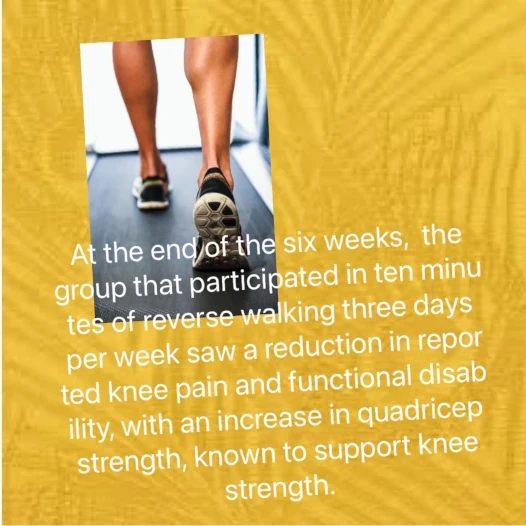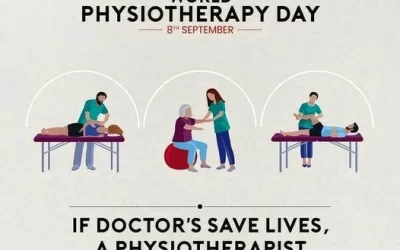Walking backwards
Walking is more complicated than many of us realize. Remaining upright requires coordination between our visual and proprioceptive (awareness of where our bodies are in space) systems.
When we walk backwards, it takes longer for our brains to process the extra demands of coordinating these systems. However, this increased level of challenge brings with it increased health benefits.One of the most well-studied benefits of walking backwards is improving stability and balance. Walking backwards can improve forward gait (how a person walks) and balance for healthy adults and those with knee osteoarthritis. Walking backwards causes us to take shorter, more frequent steps, leading to improved muscular endurance for the muscles of the lower legs while reducing the burden on our joints.
Adding changes in incline or decline can also alter the range of motion for joints and muscles, offering pain relief for conditions such as plantar fasciitis – one of the most common causes of heel pain.
The postural changes brought about by walking backwards also use more of the muscles supporting our lumbar spine – suggesting backwards walking could be a particularly beneficial exercise for people with chronic lower back pain.
While normal walking can help us maintain a healthy weight, walking backwards may be even more effective. Energy expenditure when walking backwards is almost 40 percent higher than walking at the same speed forwards.
When we become confident with travelling backwards, progressing to running can enhance the demands further. While often studied as a rehabilitation tool, backward running increases the strength of crucial muscles involved with straightening the knee.
How to get started
Walking backwards is simple, but that doesn’t mean it’s easy. So, PLEASE use a treadmill! Or practice in a safe environment more likely to miss obstacles and hazards that we could crash into or fall over.
For more info
Therapeutic efficacy of walking backward and forward on a slope in normal adults
No Results Found
The page you requested could not be found. Try refining your search, or use the navigation above to locate the post.







0 Comments